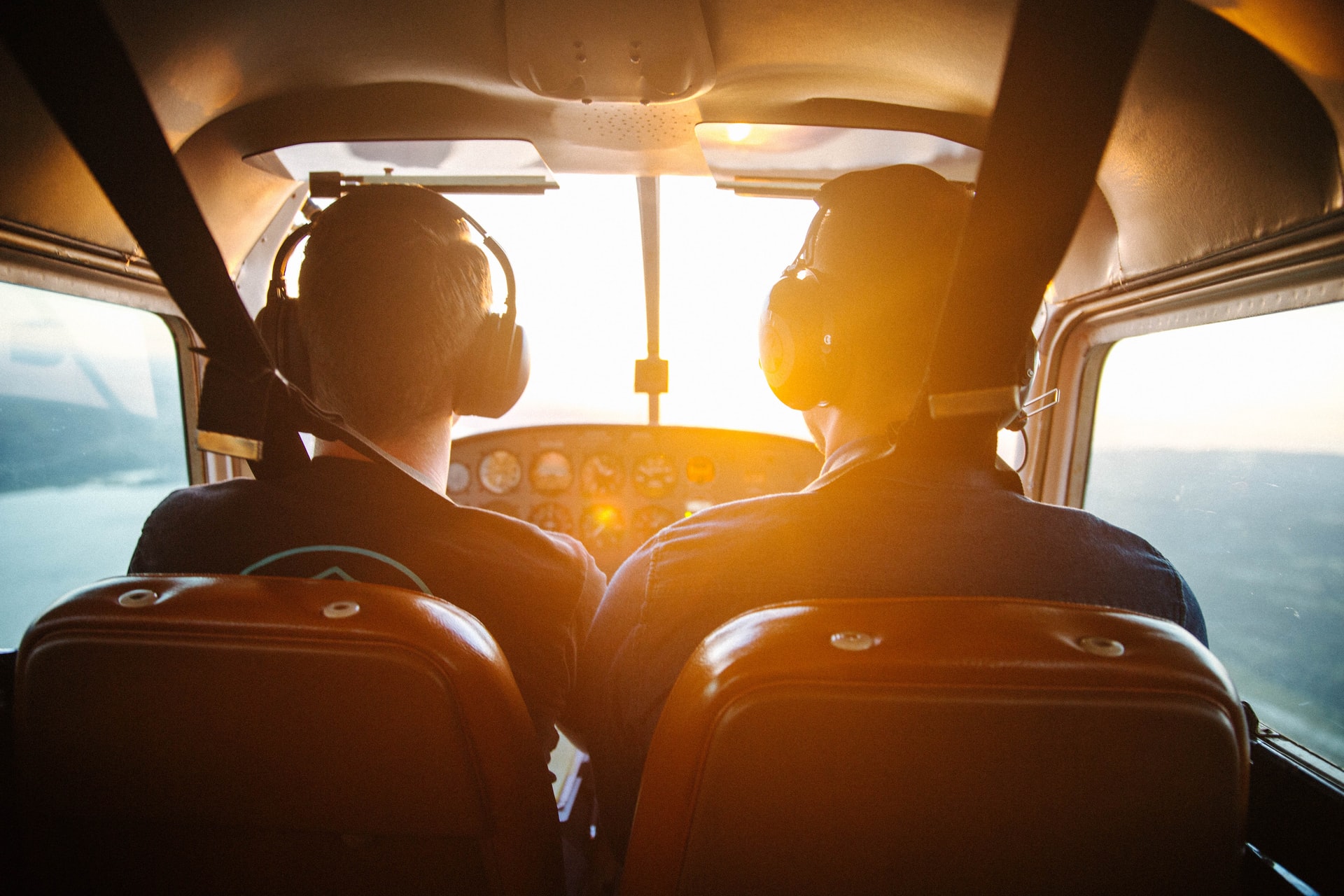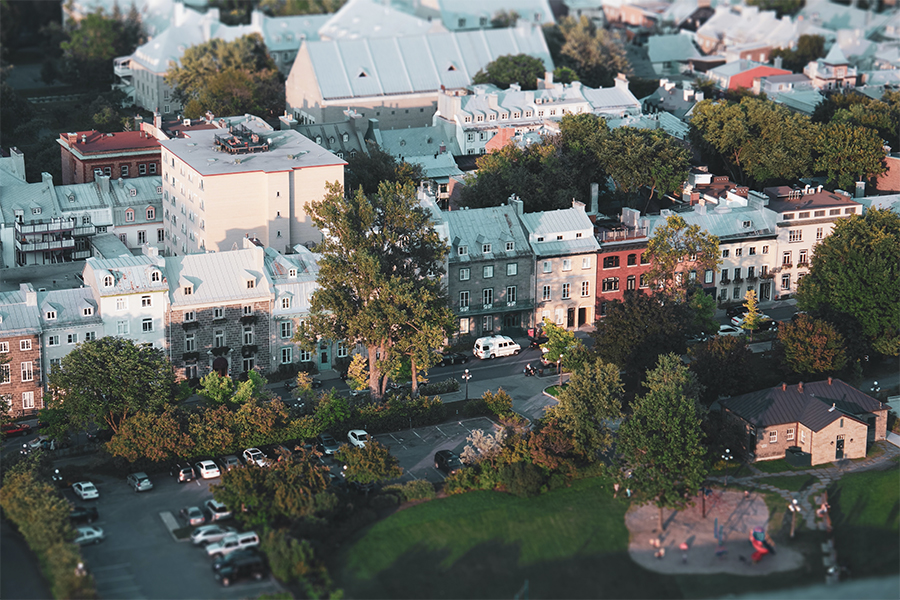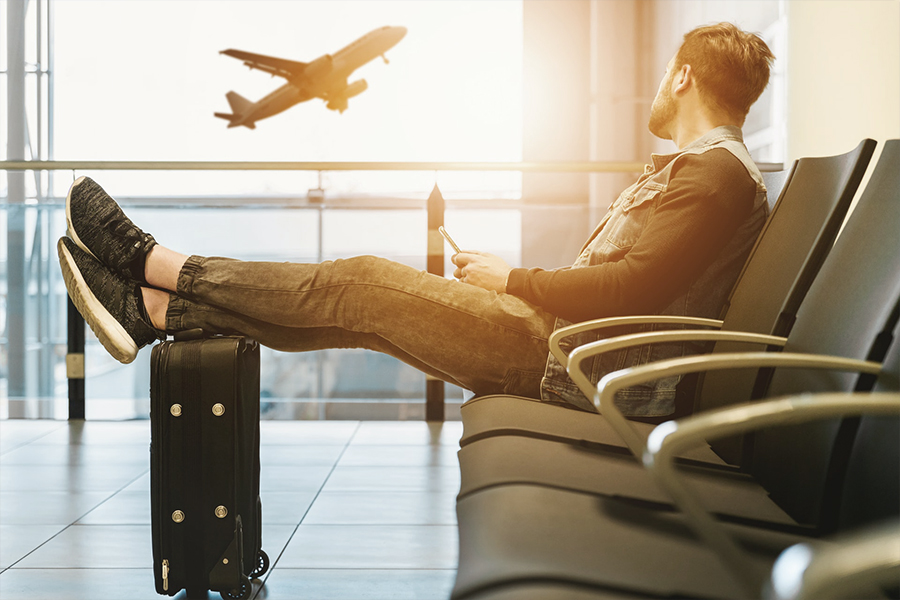Share

On World Pilots’ Day, we’d like to say thank you to the men and women who defy gravity daily to get us (and our stuff) where it needs to go.
There is probably no better time for a new generation of aspiring pilots to consider a career in commercial aviation. The U.S. industry is facing significant pilot shortages today, with some estimating shortfalls of 19,000 pilots this year alone.
Some of this is pandemic-related – airlines laid off or voluntarily retired thousands of pilots as the pandemic hit. Then, demand for air travel came roaring back, forcing major airlines and regional airlines alike to offer significant signing bonuses (as high as $150,000) and pay hikes to fill their cockpits. In the meantime, they’re reordering fleets, routes and schedules to fly with the pilots they have.
Where Do I Apply?
The path to a commercial aviation career can be expensive (about $100,000) and time-consuming. Many airlines require applicants to have a college degree (although Delta has dropped this requirement and airlines may vary). Every commercial pilot is required to undertake ground school training, obtain various ratings, and accrue a minimum of 1,500 hours of flight time. The process can take up to two years.
The cost is high but so are the rewards: major airline pilots can earn hundreds of thousands of dollars annually as they climb the seniority ladder at a major airline. To encourage more applicants, some airlines are offering bonuses today that can defray the cost of the training. Regional airlines – whose pilots are being lured away by major airlines — are increasing pay to attract pilots into their ranks.
There are any number of flight schools and/or university programs that potential applicants can find simply through a Google search. For potential airline pilots, we recommend programs that focus on training commercial pilots (such as the Agile Flight Academy in Texas).
Opportunities for Diversity
Airlines also are focusing recruitment of diverse candidates, with United setting a goal of a pilot force that is 50 percent female and/or people of color, through its Aviate Academy. Other major airlines are following suit. There is tremendous room for diversity growth: fewer than 5 percent of the nation’s pilots are female, according to Women in Aviation International. The numbers of people of color (Black, Asian, Hispanic or Native America/Alaska Native) hover in the single digits.
The following are links to professional organizations representing diverse members.
- Women in Aviation International
- Organization of Black Aerospace Professionals
- Bessie Coleman Foundation (Coleman was the first professionally licensed African-American and Native American female pilot)
- Worldwide LGBT Aviation Community
- Latino Pilots Association
- Asian Pilots Association
Also, browse a list of grants and scholarships available on the Federal Aviation Administration website.
Although life as a commercial airline pilot can take you away from home for days on end, the vast majority of pilots love their careers and the contributions that their efforts make to their communities and the world economy. We appreciate that they’re there, up front, getting us safely where we need to be. We hope to see more new pilots in the air very soon.
STAY IN THE LOOP
Subscribe to our free newsletter.
Current is opening the skies for consumers with a new approach to traveling



